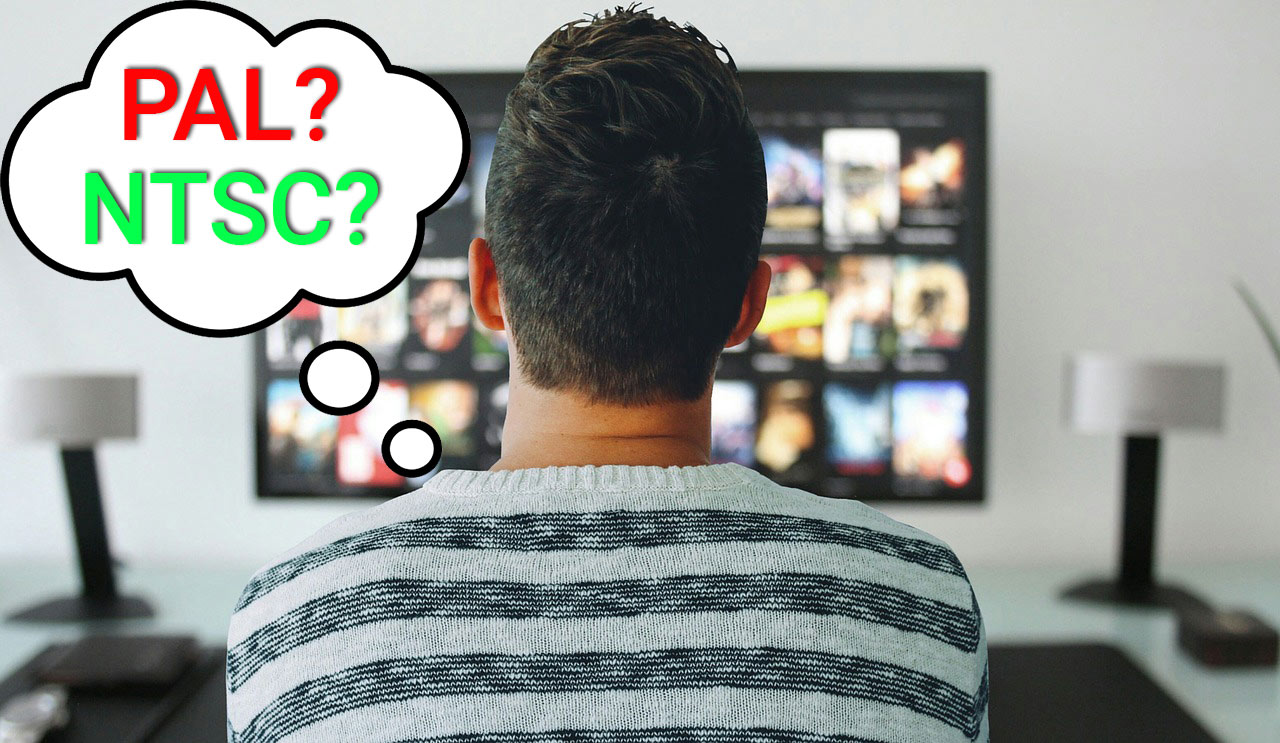As everything goes digital nowadays, one would assume that all the differences between video, as was the case with analogue, have been removed.
However, even though all our video and broadcasting is digital nowadays, some of the fundamental differences between different video standards as were existing in analogue era do still apply in the digital era.
Video images are composed of pixel rows (also called scan lines). When you have an image (like a JPEG), entire image is displayed on the screen at once. But in video world, the pixel rows are displayed on the screen from top to bottom.
There are two ways these lines can be displayed:
- Interlaced
- Progressive

Interlaced
Lines are split into two fields where all the odd lines are displayed first and then all the even lines are displayed next, which creates the whole video frame. That’s a process called interlacing.
Progressive
Instead of displaying the lines in two alternative fields, the pixel rows are displayed in sequential order. What it means is that both odd and even lines are displayed in order.
What about PAL vs NTSC?
Two main analogue systems that originated years ago were PAL and NTSC. PAL has been a more popular one in most of the world where NTSC has only been used in North America and a few more countries in South America and East Asia. Here’s a map from Wikipedia:
PAL vs NTSC comparison:
Pixel rows:
- PAL – 625 pixel row vs NTSC – 525 line pixel row
Frame Rates:
- PAL – 25 fps / 50 Hz system vs NTSC – 30 fps / 60 Hz system
As it’s all digital nowadays, the question stays the same. Does it still matter, especially the way frames are being displayed? The way the frames are dispalayed still originates from the analogue systems. The former NTSC countries are implementing 30 fps frame rate and former PAL countries implement 25 fps frame rate.
Frames can still be trasmitted and interlaced (i.e. 720i video) or progressive (720p video).
Digital TV is a big leap forwards and the videos you’re watching online (i.e. YouTube) are progressive:

Also, keep in mind that many people still have analogue devices like VCRs or DVD-players with no HDMi. Also, sometimes there will be DVDs or Blu-Rays, where the main film will be in HD but some extras may not (they’ll be in PAL or NTSC). DVDs are also made in PAL or NTSC.
I hope you found it useful and thank you for reading.


One thought on “Do PAL and NTSC still matter?”
hello thank u for your article .
I have a question I have sonny a7s3 camera I live in turkey but instead pal I switched to Ntsc .I take also my raw pictures with that.Today I realized when preview raw picture in computer (MacBook) and when I opened it in photoshop colors are totally different (without doing any edits) is that related with I am using ntcs ? As I know there is no problem any more with this but wanted to check with you .apreciated your reply many thanks . regards